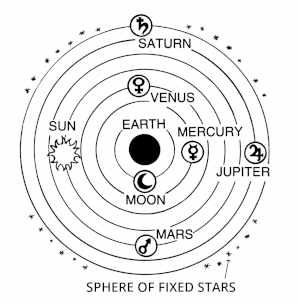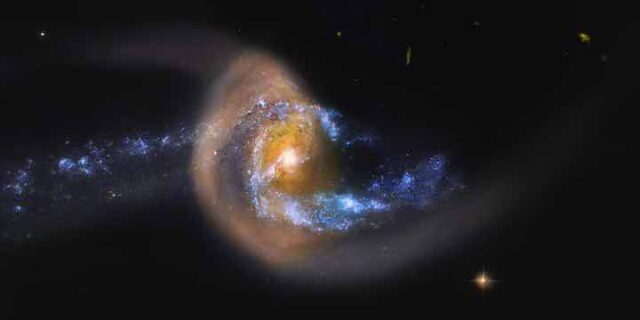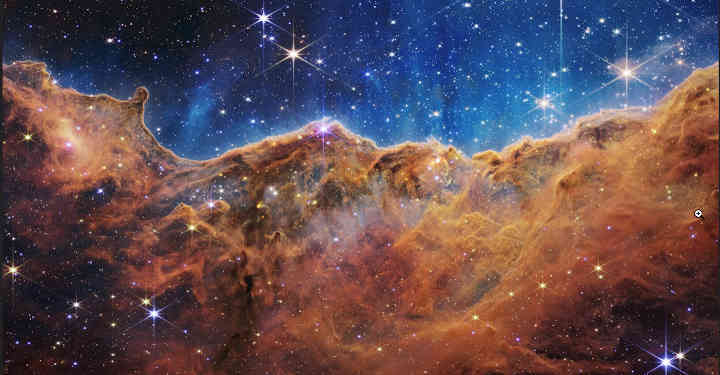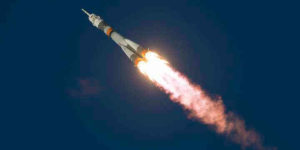If the purpose of creation was to make human beings in the image of God, as Christianity seems to claim, why is the universe so large?
There’s a lot of uninhabitable space out there. Almost all of it we can never ever visit, and some of it, maybe a lot of it, we cannot even see. Is all that just for us? It seems kind of wasteful.
Some atheists say this is an argument that the universe wasn’t created by God. Why would God create all that matter and space unnecessarily?
People making the argument
You can find the argument on blogs and discussion boards, like this one on Reddit. Scientists have also made the same point, perhaps giving the argument a little more authority.
Victor Stenger wrote: “If God created the universe as a special place for humanity, he seems to have wasted an awfully large amount of space where humanity will never make an appearance.”
Sean Carroll argues, “it is hard to understand why life seems so unimportant in the final product. … All of this splendor is completely superfluous.”

And some philosophers express the argument in a more telling form. They argue that if God exists, they’d expect the universe to be very human-focused, perhaps a little like a more medieval cosmology (see diagram).
So, they say, since the actual universe is very much different to that, we must conclude that it is unlikely that God exists.
Let’s look at both the science and the philosophy of this argument.
Science and a large universe
Our universe began in the big bang, almost 14 billion years ago, when space, matter and energy began to expand at a rapid rate. The size of our universe at any time is obviously determined by the rate of expansion and the time since the commencement of the big bang.
Expansion rate
The rate of expansion has varied over time. It is believed that after an early period of extremely rapid expansion, known as cosmic inflation, the expansion rate has settled down. The current rate of expansion is now slowly increasing.
The expansion rate at any time, is dependent on the initial expansion rate and the density of the universe. Because matter can be converted to energy and vice versa, the density of the universe measures both matter and energy. Matter makes up about a third of the universe and energy about two thirds.
It turns out that the density of the universe is what is known as “finely tuned”. That is, were it even a small amount less, the matter in the universe would fly apart and gravity would be insufficient to hold it together long enough to allow atoms of the different elements, stars and planets to form, and certainly not human life.
And if it was even a small amount larger, gravity would take over and the universe would collapse, leaving insufficient time for stars, planets and life to form.
Calculations indicate that at the beginning, the density had to be accurate to one part in 10^55.
So, given the physics of the universe and the fact that we are alive on planet earth orbiting our sun, the universe’s size and trajectory couldn’t be very different from what they actually are.
Time since big bang
It takes enormous time for all these processes to occur. The universe is believed to be about 13.8 billion years old. The timing of some milestones was:
- 200-400 million years – the first stars formed;
- 1 billion years – Carbon (necessary for life), metals and other elements first formed from exploding supernovas – before then the only elements were hydrogen and helium, which couldn’t form the basis for life;
- 3 billion years – first potentially habitable planetary systems formed – at this time the observable universe was just over half its present size;
- 9.2 billion years – our sun, solar system with planets formed;
- 10 billion years – first life (microbes) on earth;
- 11.3 billion years – atmospheric oxygen;
- 13.8 billion years – first apes (25 million years ago) and modern humans (about 50-100 thousand years ago).
No-one knows if there is life anywhere else in the universe, nor if it could have arisen earlier. But we can see that forming planetary systems took billions of years, and that life began relatively soon after the earth became a livable planet.
So the universe would have to have grown to more than half its present size, and likely something near its present size, before life could appear.
So the science tells us ….
…. that the size and age of the universe are exactly what we’d predict, given the fine-tuned physical laws – “the contents of the universe determine its geometry” (Lewis & Barnes). The size of the universe isn’t at all wasteful, but is actually necessary!
Philosophy and the universe
We have seen that the universe isn’t wasteful, but exactly the size and density that allows stars, planets and life. But there are other reasons why the wasteful argument doesn’t work:
- CS Lewis said “What sort of universe do we demand? If it were small enough to be cozy, it would not be big enough to be sublime.”. Psalm 19 says: “The heavens declare the glory of God; the skies proclaim the work of his hands. Day after day they pour forth speech; night after night they reveal knowledge.” There is a purpose and splendour in the vastness of the universe.
- We don’t know what other purposes (if any) God may have had in creating the universe, so we cannot judge it purely on how it appears to us. As Luke Barnes wryly observes: “We can conclude that the CD player in my car was designed to play music without assuming that the entire car exists solely to play music”.
- We may be alone in the universe, but there may be many other forms of life, maybe even advanced civilisations out there. If so, then perhaps the vast distances ensure that we don’t interfere with each other – the human race hasn’t shown itself to be benign!
- “Wasteful” implies a limited supply that could be better used. But God doesn’t have a size limit on what he can create.
Assessment
It is hard to see how this argument has merit. There are certainly stronger arguments against the existence of God.
References
- A Fortunate Universe. G Lewis & L Barnes, Cambridge University Press.
- Why is the Scale of the Universe so Freakishly Large? George Dvorsky, Gizmodo.
- Why is the universe so damn big? Sean Carroll.
- Does the Vastness of the Universe Support Naturalism? WL Craig, Reasonable Faith.
- Timeline of the early universe. Wikipedia.
- What is the Universe Made Of? NASA.
- The Universe Really Is Fine-Tuned, And Our Existence Is The Proof. Ethan Siegal, Forbes.
- 5 “what ifs” that would have changed cosmic history. Ethan Siegal, Big Think.
Photo: Starburst after Galaxy Collision. Galaxy NGC 7714 has been stretched and distorted by a recent collision with a neighboring galaxy. This smaller neighbor, NGC 7715, situated off to the left of the frame, is thought to have charged right through NGC 7714. The golden ring is composed of millions of older Sun-like stars and the bright center of NGC 7714 appears to be undergoing a burst of new star formation. The interactions between these galaxies likely started about 150 million years ago and should continue for several hundred million years more, after which a single central galaxy may result. (NASA)
Diagram: Pearson Scott Foresman in Wikipedia.




